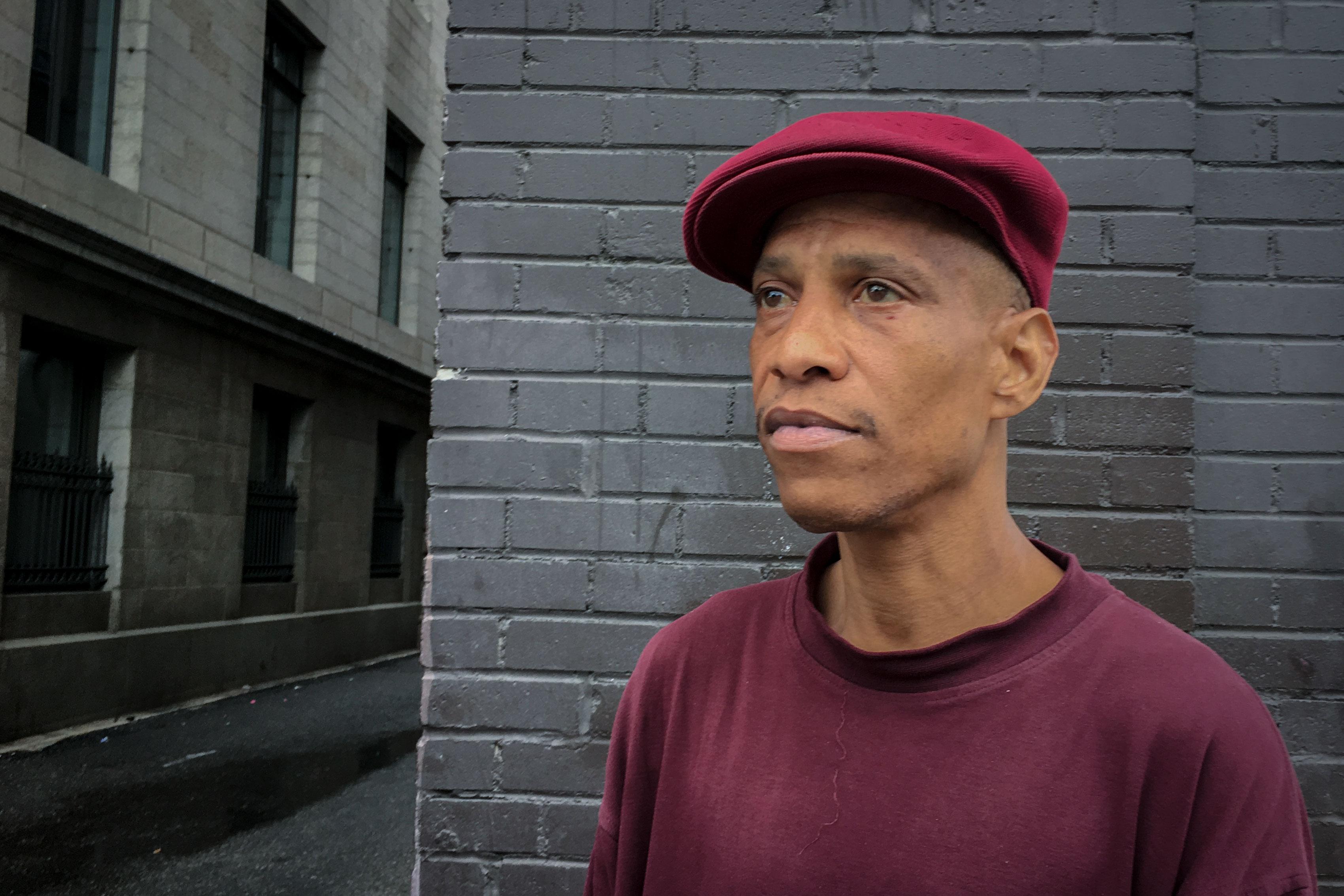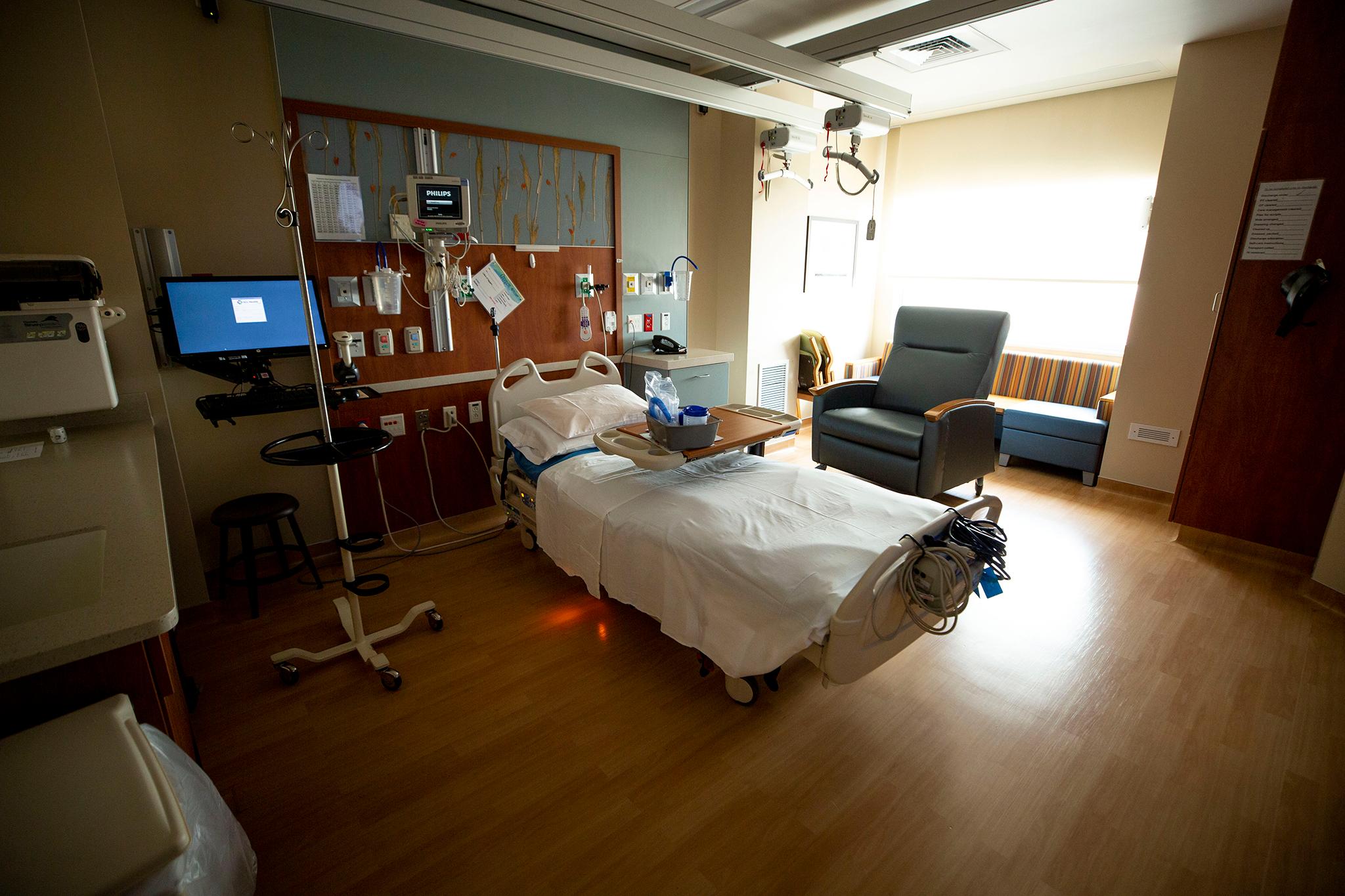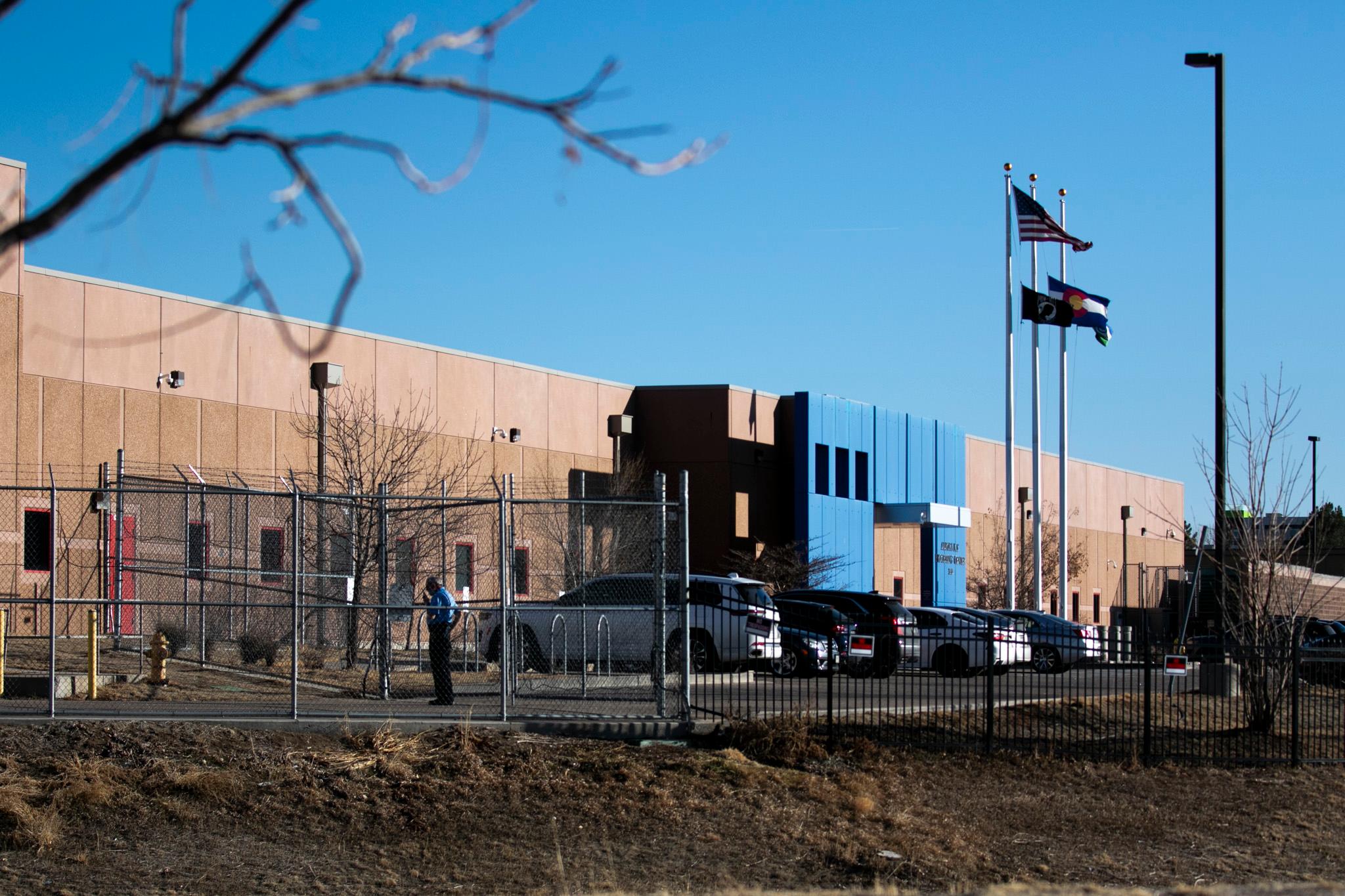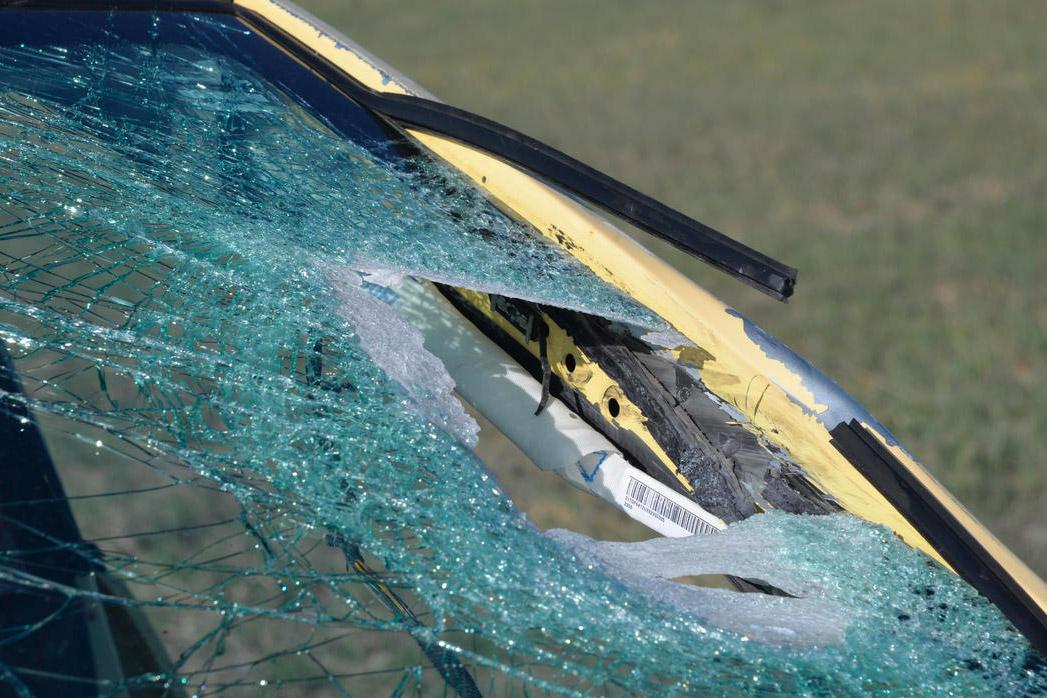

Published May 28, 4:00 a.m. | Updated May 29, 9:48 a.m.
Standing on Colfax Avenue across from the state Capitol, Vernon Lewis, in a red cap that matches his shirt, describes a near-death event that happened a few months back when a man overdosed near a park bench.
“He was drinking, and I guess he took his medication,” he said. “His medication was Oxy.”
Colorado, like much of the United States, has a persistent, stubborn drug crisis, with nearly a thousand overdoses in 2018. As Vernon Lewis can tell you, real measures are being taken to fight it. Lewis works at Denver’s Harm Reduction Action Center and has a ready supply of naloxone, the overdose reversal drug that is also known by the brand name Narcan. Lewis quickly administered it, and the man survived.
“Oh my God!” Lewis exclaimed. “Narcan is life in a jar. Without Narcan, (there would) be a lot of wasted lives.”
Opioid overdoses claimed 543 lives in Colorado in 2018. Drug prevention experts say many more would have died if not for someone like Lewis administering naloxone. Data on the number of lives saved is incomplete, no one group keeps the records. Instead, Colorado Public Radio checked with various agencies and found naloxone was administered about 5,000 times in 2018.
Youtube is full of video clips of first responders, like one of a trooper in Maine, saving users from overdoses.
“C’mon, buddy, c’mon back!” the trooper yells as he gives the man chest compressions on the side of a road.
Opioid overdose symptoms include unresponsiveness, shallow breathing, weak pulse and bluish skin. First responders deliver naloxone as either a nasal spray or injection. The medication binds to receptors in the brain and replaces the opioids, which temporarily reverses an overdose.
The numbers matter
Naloxone distribution and use is “a hugely important strategy,” said Robert Valuck, executive director of the Colorado Consortium for Prescription Drug Abuse Prevention. Seeing the grim rise in opioid overdoses, Colorado launched a collaborative effort to get naloxone into the hands of more first responders and the general public.
“I think it’s a really strong success story here in Colorado and elsewhere that are trying to do this.”

Colorado Attorney General Cynthia Coffman launched the Naloxone for Life initiative back in 2016. More than 7,000 kits have been distributed statewide at a cost of about half a million dollars. And the state’s chief medical officer issued an order to make the medication available at pharmacies without a prescription. Valuck’s group tracked 236 administrations of naloxone in 2018 through the OpiRescue app.
“Naloxone we know is very, very effective and so we’ve been pushing hard for several years now to get the uptake of this higher and this is the result of all of that work,” Valuck said.
The payoff is lives saved. While it can’t be fully attributed to naloxone, Colorado saw a modest 6.4 percent decrease in opioid overdose fatalities between 2017 and 2018.
More first responders — and private citizens — embrace the drug
A variety of treatment and prevention groups received naloxone kits through the state’s targeted response grants. Those groups reported 863 uses of the overdose reversal drug.
Executive Director Lisa Raville said the Harm Reduction Action Center documented more than 270 reversals last year.

"There are a lot of lifesavers in our community, first and foremost people who use drugs and then third parties, law enforcement, mothers, syringe exchange providers,” she said.
Chief Rick Brandt, of the Evans police department, has led Colorado’s effort to get naloxone into the hands of law enforcement. He estimates officers have reversed perhaps 400 to 500 opioid overdoses over the last few years.
“Our primary mandate in all law enforcement is the preservation of human life, so this initiative, this drug, allows us to accomplish our primary mission,” he said.
There has been some resistance from some police officers who think making naloxone available encourages drug use. But Brandt believes that view has mostly melted away as the drug has become widely embraced. Sometimes police get a call about a suspected overdose “and by the time we arrive there, naloxone has already been administered by friend or family member,” Brandt said.
What it can’t and can do
Paramedics have been using naloxone for years but it’s no cure all. It doesn’t work on non-opioids like meth or cocaine. Captain Steve Hulac of Denver Health’s Paramedics Division cautions that patients may not be having an opioid overdose at all, it could be an overdose of a different kind “or a medical problem like a hypoglycemic reaction from diabetes or a seizure.”
And even if naloxone is used in an appropriate situation, it may not be enough.

A patient who gets it still needs medical care and ideally would need treatment for their addiction. And some people die anyway, even after they receive a dose.
Denver Health’s paramedics administered naloxone to 715 patients in 2018 and the most common location was not a public place or a business. Instead, nearly half occured in a residence.
“This is an issue that affects everybody in all neighborhoods, from all socioeconomic classes,” Hulac said
Vernon Lewis,the Harm Reduction center’s overdose prevention coordinator, keeps a bunch of Narcan kits close by in a drawer.
“You just open up a pack and it tells you step by step what to do,” he explained.
By Lewis’ count, he’s treated overdosing people as many as 140 times. And he’s in recovery himself, so its promise is personal: Twice someone gave him naloxone when he overdosed.
“I’m telling anyone who is listening right now, you know someone — whether you admit it, whether they admit it — you know someone who has an opiate addiction,” he said. “You’re close to someone and it is so simple for you to be in a situation where you can save that person’s life.”
The more people get naloxone kits, he said, the more lives saved.
Editor's Note: This story was updated to reflect new numbers provided after the publishing deadline by the Colorado Department of Public Health and Environment on the number of uses of naloxone by statewide emergency medical services. It has also been updated with the corrected number of deaths from opioid overdoses.








